What are the reasons why (some) space-grade components are shaped like they are, with their characteristic long flat leads, golden finish, etc.?
Are the assembly houses supposed to cut the leads to a correct length? What is so different in space that it forces the designers to have to have specific lead lengths?
What is the golden finish made of? What is its purpose?
